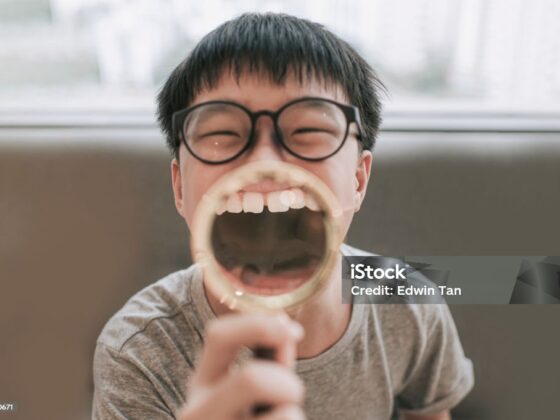Introduction
In this digital era, we find ourselves surrounded by an overwhelming amount of information. The media, which includes television, newspapers, social networks, and online platforms, plays a crucial role in shaping public opinion and disseminating news. While the media has the power to educate and enlighten, it also poses a significant danger: the spread of lies and half-truths. In this blog post, we will delve into the impact of media on modern society and explore how misinformation can manipulate and deceive us.
The Propagation of Lies
One of the unfortunate consequences of media proliferation is the ease with which falsehoods can spread. In the pursuit of higher ratings and increased readership, media outlets may prioritize sensational stories over fact-checking. This lack of accuracy can lead to the dissemination of misinformation, causing individuals to form misguided opinions and make ill-informed decisions.
The Role of Social Media
Social media platforms have revolutionized the way we interact and consume information. However, they have also become breeding grounds for the spread of lies and half-truths. With the click of a button, anyone can become a content creator, making it challenging to distinguish between authentic and fabricated news. The viral nature of social media amplifies the impact of false narratives, rapidly propagating them to millions of unsuspecting users.
Manipulation and Confirmation Bias
Media manipulation is another factor that contributes to the spread of lies and half-truths. Individuals and organizations with vested interests may manipulate information to sway public opinion in their favor. Furthermore, consumers often gravitate towards news sources that align with their existing beliefs, reinforcing their preconceived notions and blinding them to opposing perspectives. This confirmation bias only serves to perpetuate misinformation and divisiveness.
The Importance of Critical Thinking
To combat the spread of lies and half-truths, it is vital to develop and employ critical thinking skills. As responsible consumers of media, we must question the sources of information, cross-reference facts, and evaluate the credibility of news stories. By adopting a skeptical mindset, we can better protect ourselves from falling prey to misleading narratives and make well-informed decisions.
Conclusion
In our digital age, the media landscape has become a complex ecosystem that demands our attention and scrutiny. While media can be a powerful tool for disseminating knowledge and promoting positive change, its unchecked spread of lies and half-truths can have devastating consequences. By being discerning consumers, we can protect ourselves from manipulation and contribute to a more informed and enlightened society.
Frequently Asked Questions (FAQs)
1. How can I identify fake news and misinformation?
Identifying fake news requires a critical mindset. Look for reliable sources, cross-reference information, and fact-check claims using reputable fact-checking websites. Be aware of sensational headlines and scrutinize the credibility of the authors.
2. Why do people tend to share misinformation on social media without verifying facts?
People often share misinformation unknowingly due to cognitive biases, such as confirmation bias and the availability heuristic. Social media algorithms also contribute to the echo chamber effect by showing users content that aligns with their existing beliefs, making it less likely for them to seek opposing viewpoints.
3. What role do individuals play in combating the spread of lies and half-truths?
Individuals can play a crucial role by being responsible consumers of media. Fact-check information before sharing it, critically evaluate news sources, and encourage others to think critically as well. By actively promoting accurate information, we can contribute to minimizing the spread of lies and half-truths.




